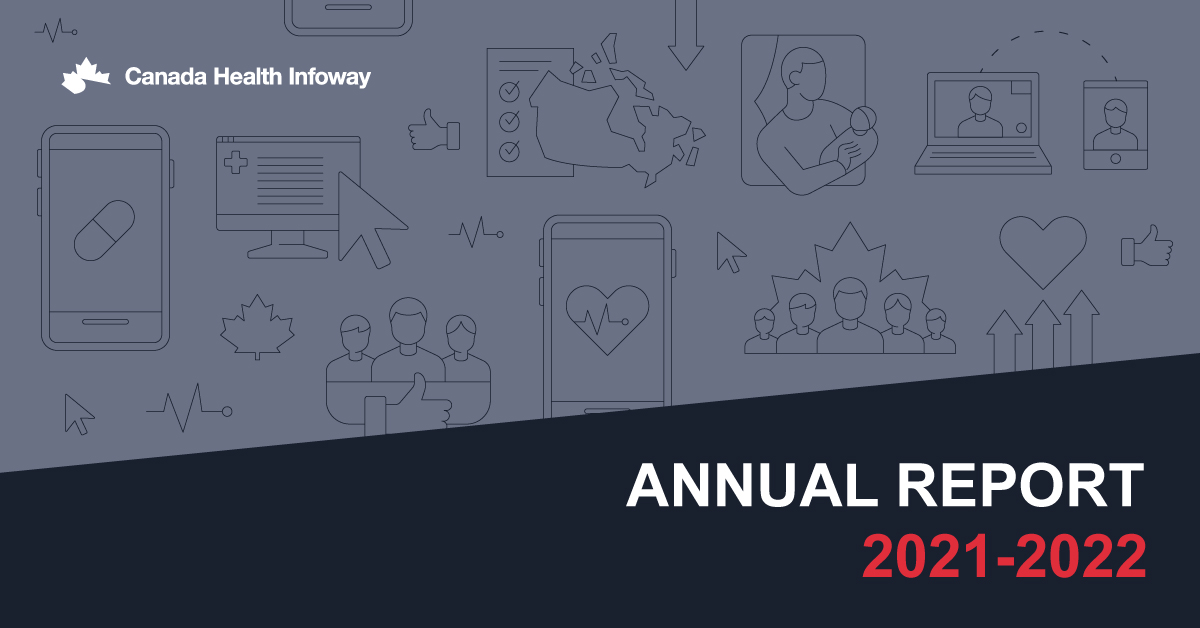While virtual care should never replace in-person appointments, physicians, pharmacists, and patients alike have experienced how complementary virtual care and digital health tools can be for in-person appointments, ushering in a new and improved “normal” for the delivery of patient care. As we look beyond the pandemic, we need to continue driving this digital revolution of health care forward.
For many of us, the pandemic has required aspects of our lives to take place online, leading to feelings of isolation and disconnection. However, thanks to virtual care, I have noticed patients becoming more engaged in their personal care plans. My patients are more empowered to ask questions and with so many methods of communication at their fingertips (be it phone calls, email, or video appointments). As patients have become more comfortable with virtual care, I have also seen them more frequently and this has been of particular importance for treating mental health and other chronic conditions. In fact, in an Ontario Telemedicine Network (OTN) survey, 92 per cent of respondents said e-visits made accessing care more convenient for them.
The prescription process is an example I often use to illustrate the importance of digital health solutions in my practice. When I relied on traditional methods for prescription management such as physical copies or fax, there were barriers to a patient taking medications as prescribed – be it a lost script, a forged prescription or a transcription error that risked compromising patient safety. If there were questions about a prescription, a fax could be missed for a few days or lost entirely, delaying patient care.
Luckily, I integrated PrescribeIT®, Canada Health Infoway’s e-prescribing tool, into my practice before the pandemic began. PrescribeIT® provides safer and more efficient medication management by connecting prescribers through their existing electronic medical records (EMR) to community retail pharmacies, to enable the secure electronic transmission of prescriptions.
Recently, I had a patient with chronic pain who was prescribed high doses of opioids by a prior clinic. We were working together via virtual appointments to taper down their opioid prescriptions and through PrescribeIT’s secure messaging functionality, I was able to update their pharmacist and align on a treatment plan. As we were dealing with controlled substances, there were some questions that came up from the pharmacy team when filling the prescription. Through the service’s secure messaging system, the questions came directly into my EMR, allowing me to address them in real time, and enabling a more streamlined prescription process with increased time for patient care.
This case speaks to two issues that are very relevant in Canadian health care right now – the opioid epidemic and data security. In managing opioid prescriptions, e-prescribing reduces the risk of a lost or forged prescription and improves medication compliance. With e-prescribing, physicians can see the dispensing history, which can help identify any potential misuse. Since PrescribeIT® uses two-factor authorization and is integrated directly into the backend of the pharmacy management software and physicians’ EMR, it also replaces the need to rely on unsecured methods such as fax and email. Patients can feel confident that their data is staying safe.
e-Prescribing is, I believe, one of the core digital tools for modernizing the delivery of health care, yet also one of the easiest changes to implement because the tool already exists. With PrescribeIT® directly integrated into my EMR and operating on the backend, it has streamlined my workflow and reduced paperwork. It’s a small change that I believe has a significant impact for physicians, pharmacists, and patients, and I hope to see it broadly implemented in practices and pharmacies across the country.
Have a comment about this post? We’d love to hear from you.





